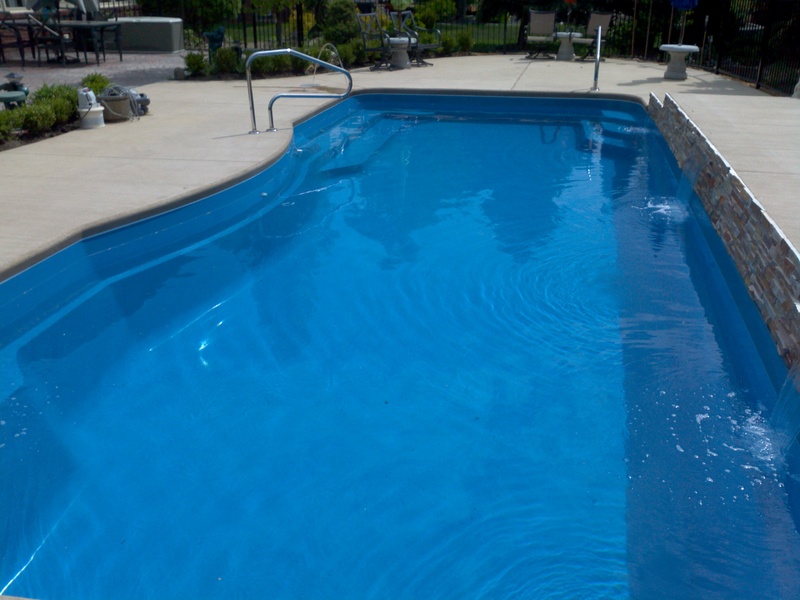Chlorine was discovered in 1774 by Swedish chemist Carl Wilhelm Scheele, who called it, dephlogisticated marine acid and mistakenly thought it contained oxygen. Chlorine was given its current name in 1810 by Sir Humphrey Davy, who insisted that it was in fact an element. Chlorine gas, also known as bertholite, was first used as a weapon against humans in World War I by Germany on April 22nd, 1915 in the Second Battle of Ypres. It was pioneered by a German scientist later to be a Nobel laureate, Fritz Haber. It is alleged that his role in the use of chlorine as a deadly weapon drove his wife to suicide. After its first use, it was utilized by both sides as a chemical weapon. Chlorine became the first killing agent employed during World War I. German chemical conglomerate IG Farben had been producing chlorine as a by-product of their dye manufacturing. In cooperation with Fritz Haber of the Kaiser Wilhelm Institute for Chemistry in Berlin, they developed methods of discharging chlorine gas against an entrenched enemy.

Chlorine is a Toxic Gas That Irritates The Respiratory System
How Chlorine Works
- The extent of poisoning caused by chlorine depends on the amount of chlorine a person is exposed to, how the person was exposed, and the length of time of the exposure.
- When chlorine gas comes into contact with moist tissues such as the eyes, throat, & lungs, an acid is produced that can damage these tissues.
- In its elemental form under standard conditions, it is a pale green gas about 2.5 times as dense as air. It has a disagreeable suffocating odor and is poisonous. Chlorine is a powerful oxidant and is used in bleaching and disinfectants. It is also used in swimming pools to keep them clean.
Health Hazards
Chlorine gas is primarily a respiratory irritant. In sufficient concentration, the gas irritates the mucous membranes, the respiratory tract and the eyes. In extreme cases difficulty in breathing may increase to the point where death can occur from respiratory collapse or lung failure.
The characteristic, penetrating odor of chlorine gas usually gives warning of its presence in the air. Also at high concentrations, it is visible as a greenish yellow gas. Liquid chlorine in contact with skin or eyes will cause chemical burns and/or frostbite.
Inground Fiberglass Swimming Pool Problems
Always use care when opening a container of chlorine. Breathing in chlorine gas can knock you right out, and could be fatal. Always wear protective handling gear such as eye protection and rubber gloves. If chlorine touches your skin, you should wash it off to prevent irritation. If chlorine splashes in the eye, irrigate with water and contact a physician straight away. The label on the chlorine container will also tell you never, never, never mix chlorine with any other chemical. You could produce something of a bomb or even napalm. This includes mixing two different types of chlorine, or chlorine and bromine. KABOOM! Dirt, debris or any foreign substance (algaecides, alkalis and acids, etc.) can cause spontaneous combustion when mixed with chlorine. FIRE!

